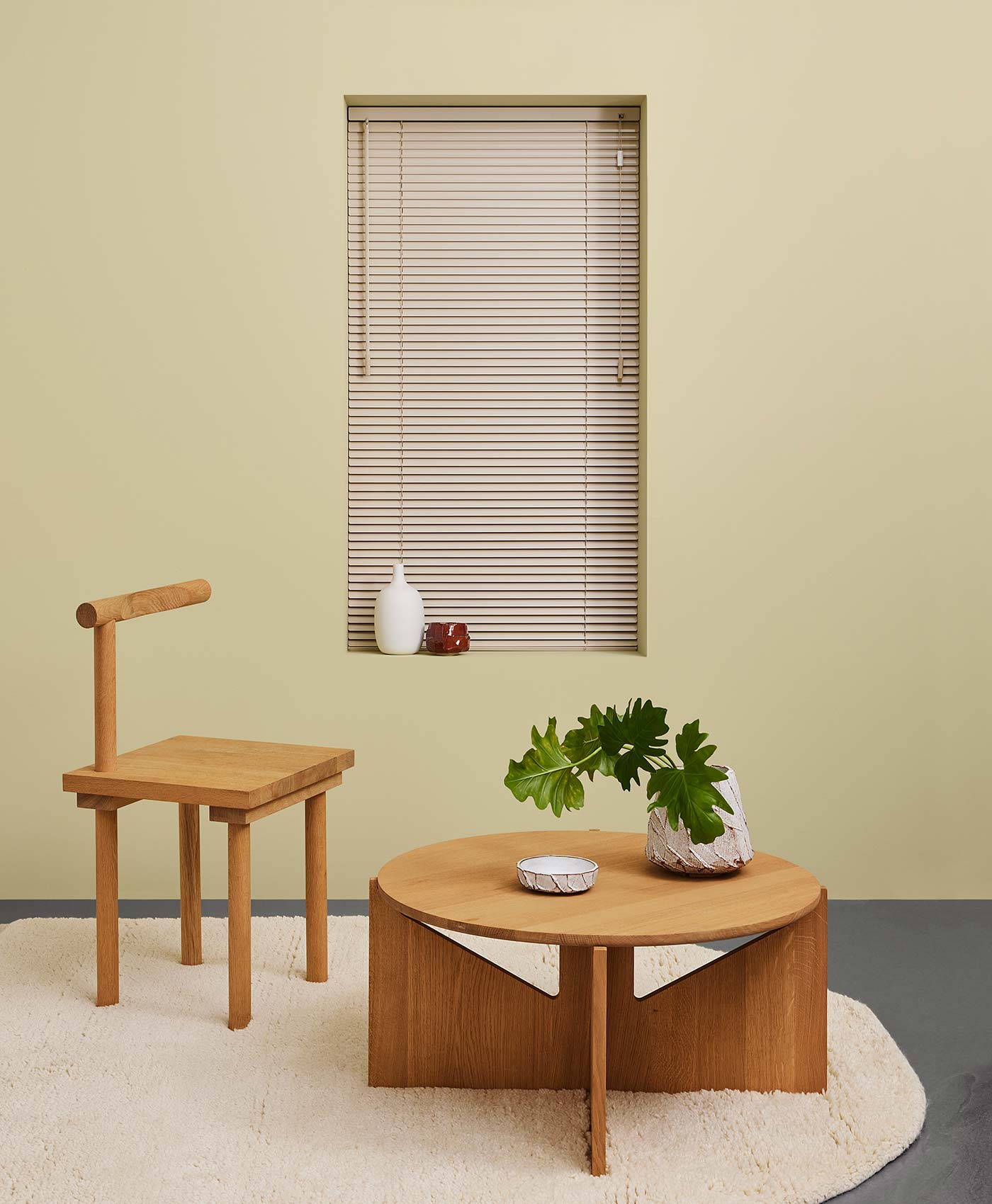
THE HISTORY OF THE VENETIAN BLIND
Photos: Contact Copenhagen, Creative Commons, Stilling
PART OF STILLING’S STORY
The Venetian blind is a simple and elegant sun shading solution which has remained a popular choice from ancient Persia to the present day. Join us on a journey through time as we explore its origin, evolution, and enduring popularity. And as we show you, how the Venetian blind has been an integral part of Stilling, right from the beginning.
FROM PERSIA TO VENICE
The history of the Venetian blind truly begins in Persia (modern-day Iran), Japan, and China, where early versions consisted of woven bamboo curtains which could be adjusted up and down to control light and air. However, it was in Venice that it evolved into the version we know today.
In the 16th century, Italian traders encountered the Venetian blind during their travels to Persia. Intrigued by its functionality and aesthetics, they brought it back to Venice. Skilled Venetian craftsmen then modified the original design by replacing bamboo with wooden slats held together with decorative ribbons. This marked the birth of the iconic Venetian blind.



SPREADING ACROSS EUROPE & USA
The Venetian blind quickly spread throughout Europe and became synonymous with luxury and elegance. In France, it was referred to as the “Persienne” due to its Persian origin, while in English-speaking countries, it became known as the “Venetian blind” as a tribute to the Venetian craftsmen.
In 1769, the English physicist Edward Bevan patented a cord-pulley mechanism for the wooden slats, further fueling the popularity of the Venetian blind.
AMERICAN TILT MECHANISM
The Venetian blind also found its way to the United States. As early as 1761, exterior blinds were installed on the windows of St. Peter’s Church in Philadelphia. In 1841, American John Hampson, a railway engineer and mayor of Louisiana, invented a tilt mechanism that allowed for adjusting the angle of the slats, and he patented this invention. The same mechanism is still being used today.
In the 20th century, significant advancements were made in production techniques and materials. Aluminium slats were introduced, enhancing the durability and resilience of the blinds. Venetian blinds made their way into office buildings and private homes, becoming more accessible and affordable, thereby increasing their popularity.
”THE VENETIAN BLIND HAS BEEN A PART OF STILLINGS LEGACY FROM OUR FOUNDATON IN 1949 TO OUR RECENT ZENITH™ RELAUNCH”


STILLING AND THE VENETIAN BLIND
After World War II, with many homes being rebuilt in war-torn Europe, the demand for Venetian blinds soared. It was during this period, in 1949, that our founder, Preben Stilling, began producing aluminium Venetian blinds in the basement of his home. His blinds were crafted by hand and sold door-to-door in the evenings. The success of these blinds, laid the foundation for the company we are today.
The Venetian blind remained popular through the 1960s, its sleek ‘new age’ look matching the era of the space race. In the 1980s, colourful Venetian blinds became trendy, as well of those made of wood. As early as the 1970s, Preben Stilling had started producing solid wood blinds with the assistance of his brother-in-law, a skilled carpenter and furniture maker.
And although the company gradually shifted its focus to curtain tracks, the love of Venetian blinds remained intact.

REINTERPRETING A CLASSIC
The history of the Venetian blind stands as a testament to its versatility, functionality, and style and it has kept its allure by continously adapting itself to modern design trends. Today, it is available in various materials, including wood, faux wood, aluminum, and also in more environmentally friendly versions. A great example is our ZENITH™ blind, featuring 25 mm slats made from 97% recycled aluminum.
A TIMELESS CHOICE
The ZENITH™ blind was introduced over a decade ago when we set out to reinterpret Preben Stilling’s original 1949 blind. The result was an architectural and highly functional Venetian blind with a sleek design and outstanding functionality. Now, the ZENITH™ blind is back with a plethora of new finish and colour combinations, as well as two slat widths to suit any interior design. The ZENITH™ Venetian blind offers a perfect balance between aesthetics, light control, and privacy, making it a timeless choice.










